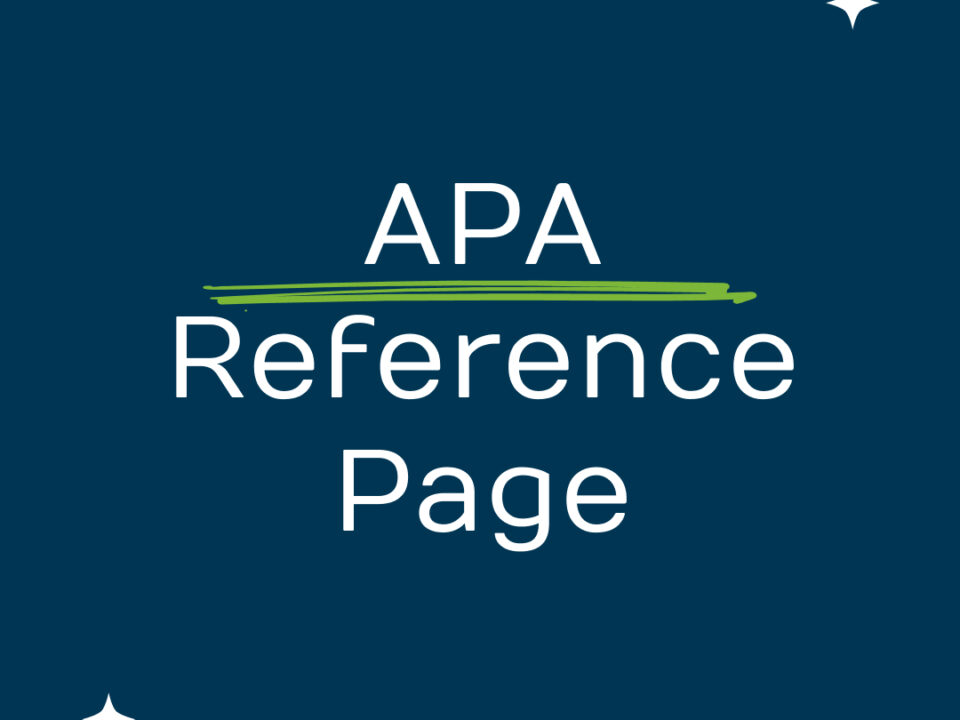Streamlining Your Research Process: A Compelete Guide to Web of Science Utilization
December 26, 2024What is the average time duration from paper submission to acceptance/rejection decision in an ISI journal?
December 26, 2024In Avestina, we go to discuss about Complete Guide to Academic Writing vs Non-Academic Writing. Anyone who has embarked on a journey to discover the correct spelling is like walking two different paths in the same forest. Welcome to our “Complete Guide to Academic Writing vs. Non-Academic Writing,” where we’ll explore these two distinctly distinct areas of presentation and style. Understanding the subtle differences between academic and non-academic approaches to writing is not just an academic exercise but a practical skill that shapes the way we communicate and interact with the world around us.
Academic writing is like a precise artisan’s tool, honed for clarity, organization, and communication with the expert – scholars and experts who value evidence-based argumentation and nuanced research. On the other end of the spectrum is a vibrant canvas of non-academic writing, appealing to an inclusive and diverse audience. Her informal native language is a welcome fire for storytelling, inspiration, and self-expression beyond the boundaries of academic standards.
Both channels are powerful in conveying information and influencing their readers. Whether you’re an academic who wants to publish your research or a creative mind who wants to communicate with a wider audience, this guide promises to guide you through specific sessions, objectives, and instructive style in academic and non-academic writing. Join us as we demystify these documents, providing insights and tools to enhance your writing skills across platforms.
Academic and Non-Academic Texts
When traversing the landscape of written communications, one can distinctly identify two terrains: that of academic and non-academic texts. Each carries its own set of principles, purposes, and stylistic conventions that cater to its particular audience.
Academic writing is commonly associated with research papers, essays, theses, and scholarly journals, and lies firmly within the realms of education and scientific inquiry. Its primary goal is to contribute to the existing body of knowledge within a particular discipline. This type of writing characterized by a rigorous analytical approach and an objective tone that maintains a respectful distance from the subject matter to preserve impartiality.
In contrast, non-academic writing encompasses a medley of text types—novels, magazine features, blog posts, social media updates, and more. Such writings intend to inform, entertain, or persuade a wide spectrum of readers, often engaging with its audience in a conversational and informal manner. The distinction between these two worlds is not merely contrasting territories but represents different reasons for writing and varied approaches to communicating ideas.
Style
The style of academic writing is meticulous and structured, strictly adhering to established guidelines such as APA, MLA, or Chicago styles. These guides dictate everything from citation methods to the layout and organization of the text. Precision, clarity, and a formal tone are essential elements of this type of writing, as it aims to deliver complex ideas transparently and authoritatively. The use of specialized vocabulary and a thorough explanation of concepts is commonplace in academic texts, where writers need to ensure accuracy and display their proficiency in the subject matter.
Non-academic writing, meanwhile, embraces a broader canvas, offering tremendous latitude in terms of style. Unfettered by the stringent rules of academic formatting, writers can let their creativity bloom. They tailor their voices and storytelling approaches to captivate their audiences. Personal anecdotes, colorful language, and persuasive devices are essential tools for these writers, highlighting the stark contrast in flexibility between the two writing styles.
Purpose
Academic writing’s purpose is closely tied to the pursuit and dissemination of knowledge. Writers in this sphere present hypotheses, conduct experiments, analyze data, and offer interpretations that must withstand the scrutiny of the academic community. Evidence and peer-reviewed sources back each claim, reinforcing the strength and credibility of the arguments presented.
Meanwhile, non-academic writing serves a variety of purposes depending on the chosen medium and intended audience. At its core, it seeks to create a connection with readers through relatable content that appeals to emotions and personal interests. Journalistic pieces focus on reporting and interpreting current events for the public’s consumption, while literary works endeavor to evoke thought and feeling through storytelling. In these genres, the writer’s original ideas and individuality shine through, enveloping readers in narratives woven from personal experience and imagination.
In summary, academic and non-academic texts belong to vastly different worlds, each with its unique purpose, style, and audience. Academic writing demands strict adherence to formalities, evidence-based assertions, and a contribution to intellectual discourse, while non-academic writing encourages personal expression, creative freedom, and wider audience engagement. Understanding these differences is crucial not only for writers navigating between the two but also for readers discerning the nature of the texts they encounter.


